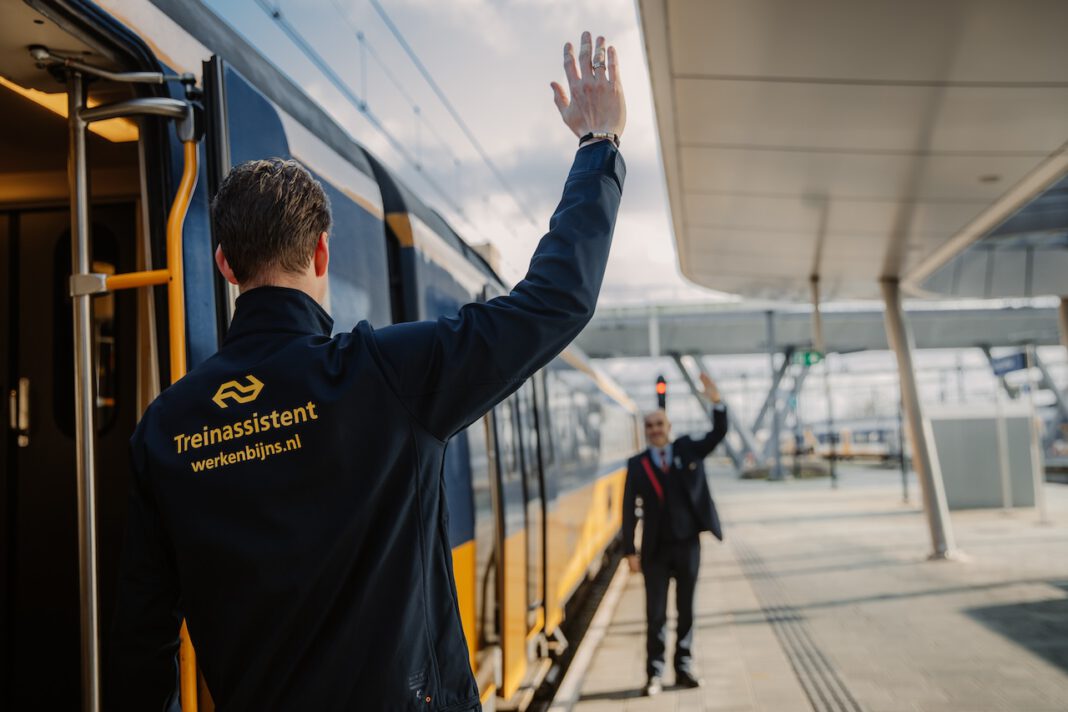The NS has added a further 1800 trains to its timetable as it continues to adjust post-pandemic.
As part of the changes, there will be four Intercity trains driven per hour between the major cities, including on weekends and off-peak hours.
Even better, the train to Berlin will now take half an hour less, thanks to timetable improvements, perfect for those fancying a quick rave at Berghain. 🕶️
So where do these extra trains come from? And what about those staffing shortages?
Post-pandemic timetable
To plan the new timetable, NS looked at the new behaviour that emerged after the pandemic.
Friday, for example, has become extra quiet on the trains. Tuesdays and Thursdays are the new “commuter days”.
READ MORE | The ultimate guide to taking a train in the Netherlands: from OV cards to saving money
Meanwhile, a few routes have had services cut back, such as between Amsterdam Centraal and Almere Oostvaarders, Utrecht Centraal to Woerden and Hoofddorp, and Hoofddorp and Leiden Centraal.
High-speed trains
A new high-speed ICNG line will also be introduced between Amsterdam and Breda. This brings the total number of ICNGs (Intercity Nieuwe Generatie [New Generation]) to 14.
From next year, the NS will begin to introduce the new ICNG trains on the Amsterdam-Rotterdam and The Hague/Eindhoven routes.
They’ll also begin to test a route between Leeuwarden/Groningen, and even to the European political capital, Brussels.
Goodbye hiring crisis
Staff shortages, be gone! NS hired a whole bunch of new workers last year.
That’s good, because during the staff shortages they had to reallocate office employees to work on the trains. Now those employees will return to their cushy desk jobs and new employees will take their place.
(Side note: Do they call that employee onboarding? Or employee “all-aboarding”? Genuine question).
Either way, the NS will continue its recruitment drive because even more are needed.
Will you be affected by the changes to the NS timetable? Tell us in the comments below!



